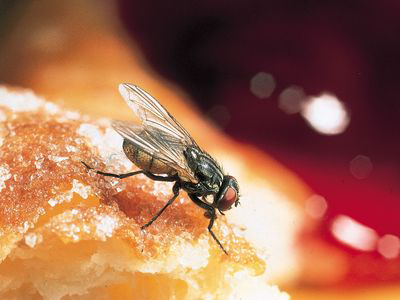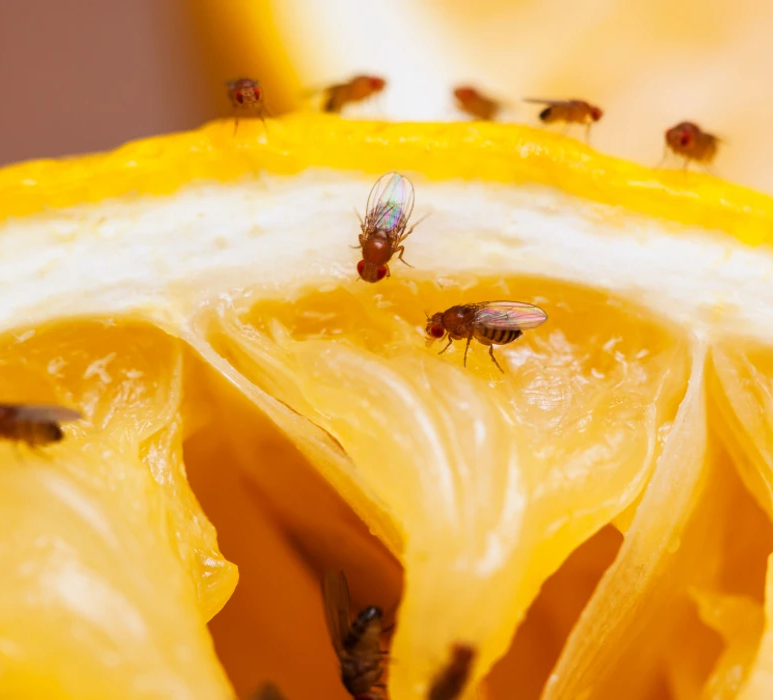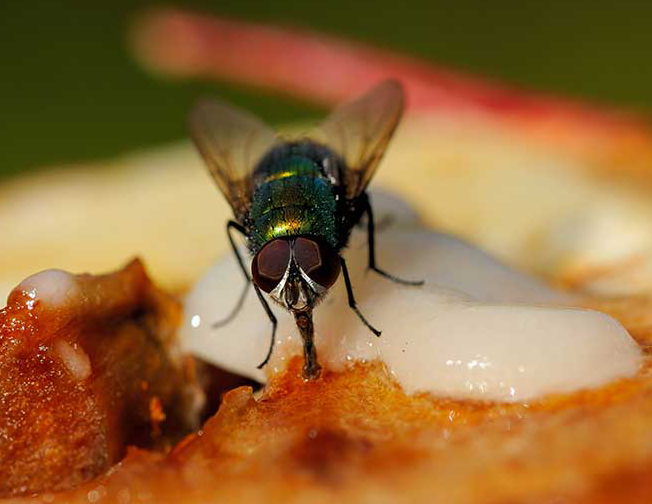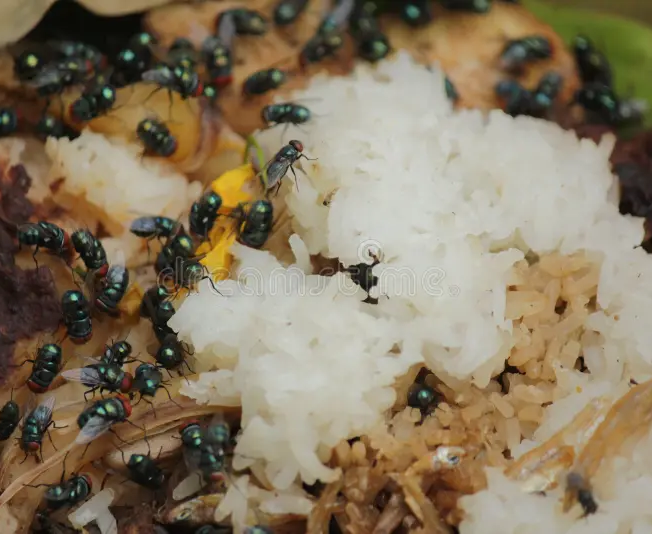Fly Control
"Stop Fly Infestations Before They Start"
Are flies disrupting the
comfort of your living space?
Flies can be more than just a nuisance; their presence in your living or working space can impact both comfort and hygiene. They are known to carry and spread various pathogens, which can contaminate food surfaces and pose health risks. Common fly species, like houseflies and fruit flies, reproduce rapidly, making it challenging to control infestations without timely intervention. A small problem can quickly become a larger issue, disrupting daily activities and potentially affecting the well-being of everyone in the space.
Why Flies Are a Problem
Flies are drawn to food, waste, and moisture, making kitchens, garbage areas, and outdoor spaces their preferred spots. Their buzzing and swarming can be incredibly disruptive, and they can quickly turn a clean environment into an unsanitary one. Beyond being a mere annoyance, flies can transmit bacteria like E. coli and salmonella, which can lead to foodborne illnesses. For businesses, especially those in the food service industry, a fly problem can tarnish reputations and result in health code violations.

House Flies
House flies are small, grayish-black insects with red eyes. They are commonly found in homes, restaurants, and food production areas.

Fruit Flies
Small flies with red eyes and a light brown or yellowish body, fruit flies are often found around ripe or decaying fruits and vegetables.

Health Risks
Flies are known carriers of numerous pathogens, including bacteria like E. coli, Salmonella, and Shigella.

Contamination
Flies are often attracted to food and drinks, and their presence can quickly spoil or contaminate what they come into contact with
Practical Ways to Remove Flies from Your Space
To effectively remove flies from your space, start by maintaining a clean environment, as flies are attracted to food scraps and waste. Use traps like sticky or UV light traps to capture flies quickly, and seal entry points such as windows, doors, and vents to prevent them from entering. Installing screens and using weather stripping can further reduce access. Natural repellents like peppermint and eucalyptus oils, or plants like basil, can also help deter flies without chemicals. These combined strategies create a comprehensive approach to keeping your space fly-free.

Step-1
Inspection
"A thorough inspection is essential for effective fly pest control, focusing on identifying breeding sites such as garbage bins, drains, and food storage areas."

Step-2
Treatment
"Pest control treatments for flies involve using insecticides, traps, and insect growth regulators to eliminate adult flies and prevent future infestations."

Step-3
Protection
"To protect your space from flies, pest control involves implementing preventative measures such as maintaining cleanliness, and using screens on windows and doors."

Step-4
Prevention
"Utilizing screens, fly traps, and regular pest control inspections can effectively deter flies and address potential breeding sites before they become a problem."
Greens Pest Control Treatment
2.Larvicides and Insect Growth Regulators (IGRs): Apply larvicides in breeding sites and IGRs to disrupt the development of fly larvae, preventing future generations from emerging.
3.Fly Traps: Install various fly traps, such as sticky traps or baited traps, to capture flies and monitor the population effectively.
4.Sanitation Practices: Implement thorough cleaning protocols to eliminate breeding sites, including regular disposal of garbage, cleaning drains, and removing food debris.
5.Regular Monitoring: Schedule routine inspections and follow-up treatments to ensure fly populations remain controlled and to address any new infestations promptly.
